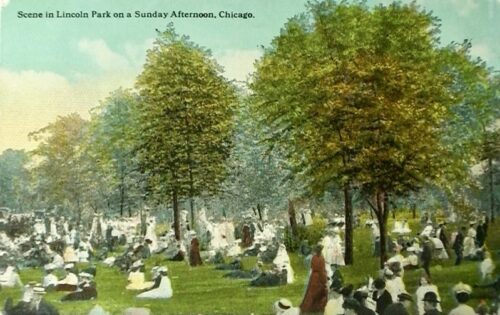
By Judy Carmack Bross

A tranquil pose from 1900 in Lincoln Park where secrets still lay below
It’s a story as haunting as Halloween. When you stroll across Lincoln Park on breezy fall day, or cheer on a school soccer team, little do you know what might still linger below in what was the Chicago City Cemetery used primarily from 1840 to 1866.
Learn of ghosts, grave robbing, and the dramatic efforts to remove 35,000 bodies and of the 10,000 still unaccounted for when you take the October 26th walking tour with eminent historian Sally Kalmbach at 4 p.m.in Lincoln Park and in the Catholic Cemetery at the Cardinal’s mansion nearby.
“Over the last 100 years, digging in the Gold Coast has uncovered unidentified skeletons and remains of the graveyards that used to inhabit the neighborhoods. Bones and skulls continue to surface during construction, renovation and water main repair. I will focus on how death, disease and bones have changed Chicago history,” Kalmbach said. “The bodies buried here were moved from Fort Dearborn because people thought they should not be living near graves of the departed who had died of contagious diseases.”

Sally Kalmbach
We asked Kalmbach how she developed the tour.
“Underground Chicago came about as a result of an ‘Introduction to Chicago’ tour I had been giving for several years. I talked about the bodies being moved from Fort Dearborn because people thought they should not be living near the graves of the departed who died of contagious diseases. They decided to move the bodies ‘far away’ to the City Cemetery established between North Avenue and approximately Armitage. I wanted to know more so headed to the research center at the Chicago History Museum and uncovered great photos and fascinating stories.”
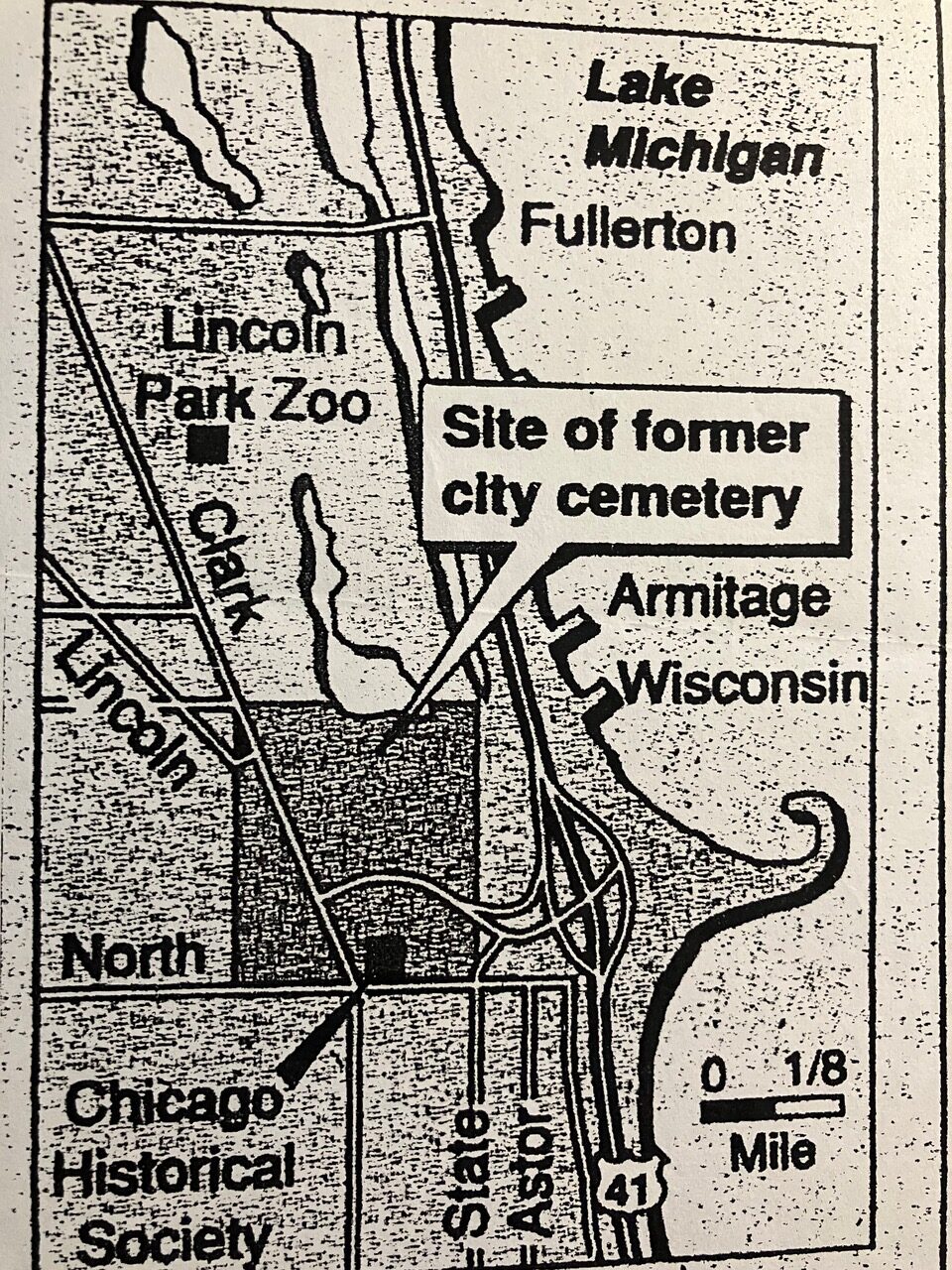
Kalmbach learned that much was uncovered during twentieth century digs, including skulls when the History Museum was constructed in 1932 and more in 1962 as the Children’s Zoo went up. “In 1970, skulls were found on North State Parkway when a new water main was being installed,” she said.
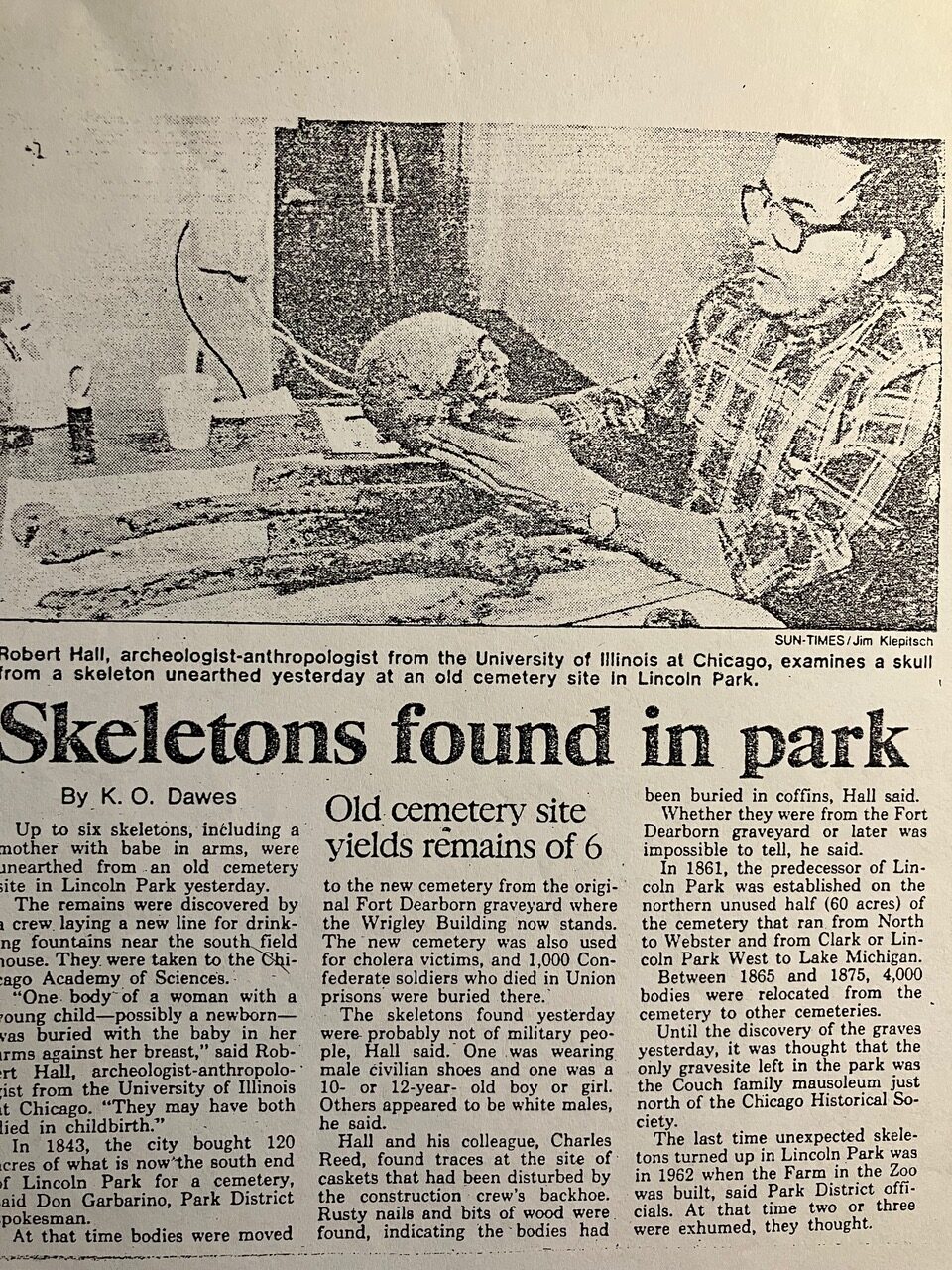
“Bodies were buried in shallow graves three to four feet deep. It was a sandy, swampy area with poison ivy. Hogs and cows were regular visitors. In windy weather the coffins were often exposed..
“The graves were described as percolating and putrid causing pollution. When the final p was declared—plague—people started to listen. Another outbreak of Cholera in 1854 and the decision to abolish the city Health department in 1860 and put it under the control of the police were the turning points. The City came to recognize that it was time to move those graves to private cemeteries.
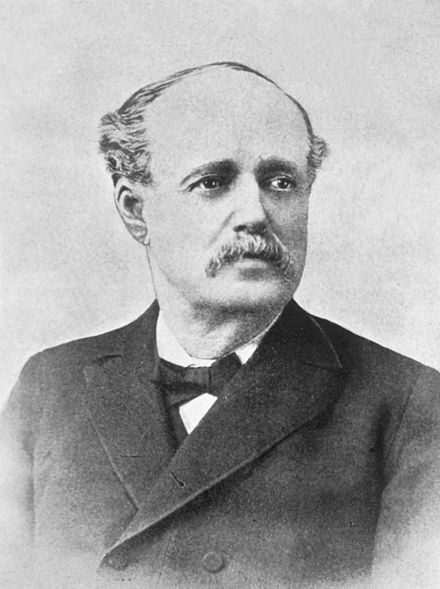
Dr. John Henry Rauch
“The hero of the story is Dr. John Henry Rauch who wrote an article called “The effect of public parks on the moral and physical health of the population.” He wanted to return the city to its original motto—‘Urbs in Horto’—and insure additional parkland. The City Cemetery was declared a pubic park in 1870 although it took until almost the turn of the century because many families did not want to pay for the removal to a private cemetery.”
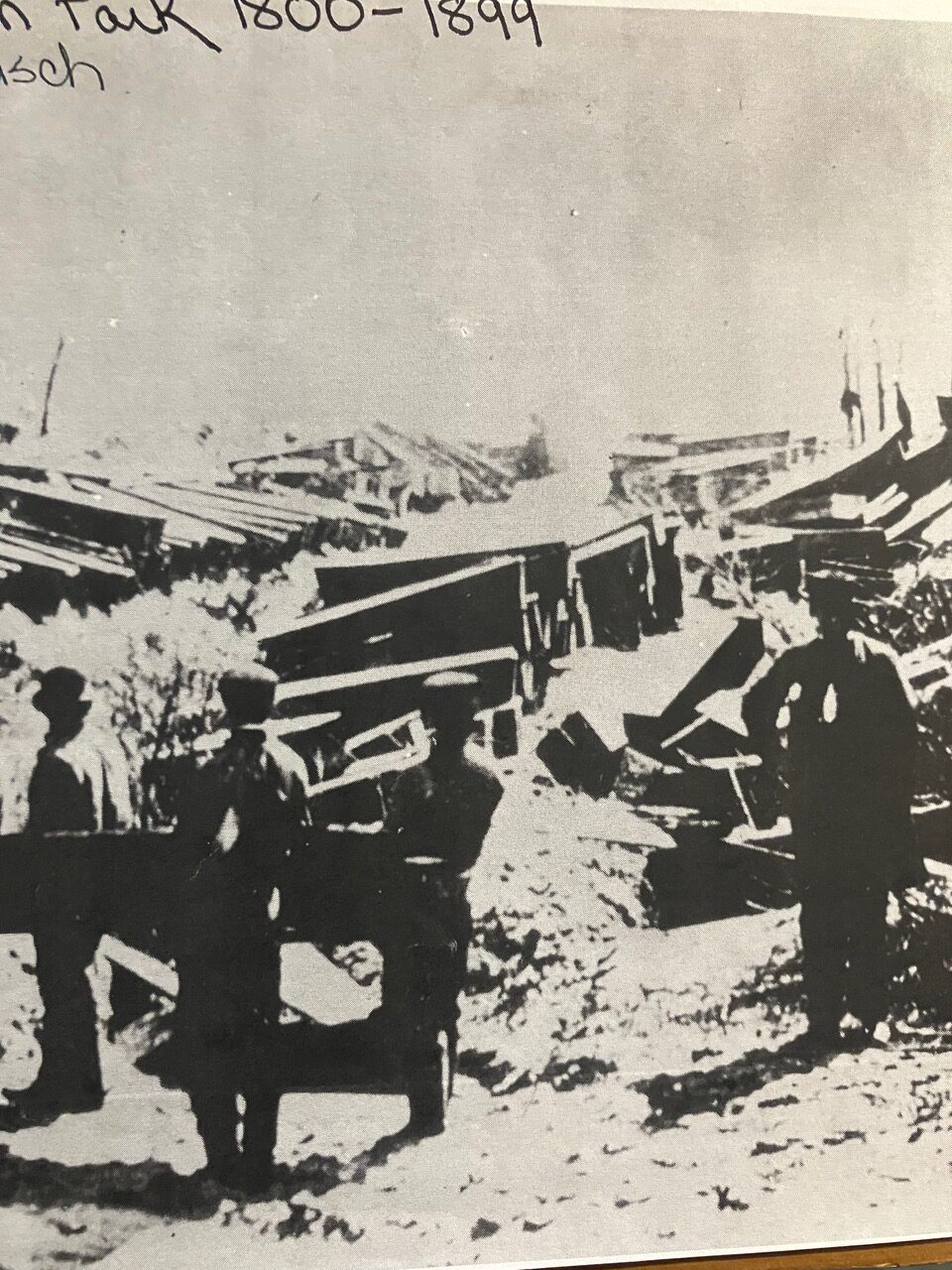
Coffins removed from City Cemetery
We asked Kalmbach how she became a go-to guide for walking tours?
“I started giving tours after 9/11 because people weren’t traveling and I wanted a Chicago project. My first tour was the Gold Coast which I offered to Live and Learn, the Latin School’s popular adult series at that time. I thought I knew the Gold Coast neighborhood, but it took me almost a year of research to design the walking tour centered around the Potter Palmers.
“I enjoy giving all my tours, but the Chicago Architectural Tour is one of my favorites. I did the audio of this tour for Context Tours. It is fascinating to enter the buildings and appreciate the lobbies which are still intact.
“Chicago is a city of neighborhoods and each one has its own personality. The old North Division/McCormickville and what is now River North neighborhood is a Chicago history lesson. It was settled before the Chicago Fire, was the neighborhood most devastated by the fire, and watched its demise as a result of the Burnham Plan when it became a commercial area. Today it is a combination of commercial and residential—nine lives.

Lincoln Park during Chicago Fire of 1871
“I enjoy learning about the lives of Chicagoans because there is always new information to uncover. I do admire Mrs. Potter Palmer and Mrs. James Ward Thorne, but recently read a another book about Edith Rockefeller McCormick and learned more historical facts.
We asked Kalmbach to tell us why you can often best learn on a walking tour.
“The most important thing to do when giving any walking tour is tell a story. The stories are factual and will include information about well-known Chicagoans, and some not known, but will always keep the interest of the group. Participants should ask questions—it makes you feel that you are part of the tour. Out of towners are usually amazed with Chicago’s architecture and how beautiful our city located right on Lake Michigan is and often ask for more and more stories.”
For Further information about the Underground Chicago tour write Sally Kalmbach at sskalmbach@yahoo.com or call (312) 285-7105.



